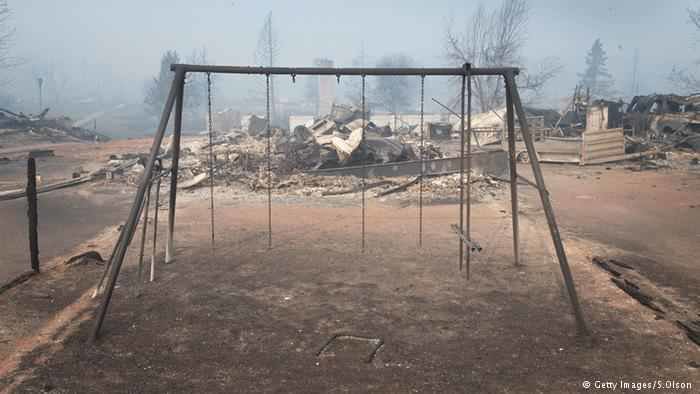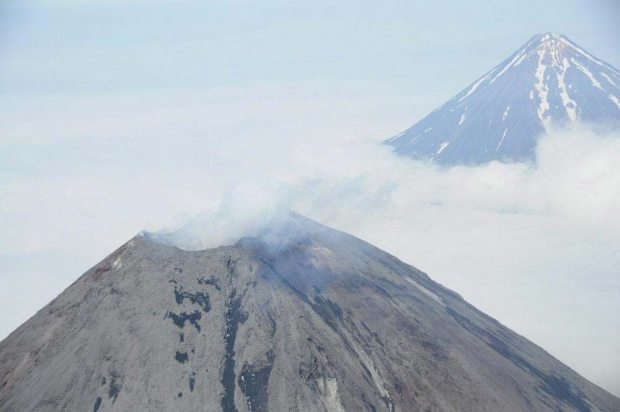
© Getty Images/S.OlsonSeveral Fort McMurray neighborhoods have been destroyed
A raging Canadian wildfire grew explosively on Saturday as hot, dry winds pushed the blaze across the energy heartland of Alberta and
threatened to burn close to an oil sands project.The fire that has already prompted the evacuation of all 88,000 people who lived in the city of Fort McMurray was set to double in size on Saturday, the seventh day of what is expected to be the
costliest natural disaster in Canada's history.
Provincial officials praised evacuees for their patience and, in a sign of how long the crisis could drag on, said the cities of Calgary and Edmonton, many hundreds of miles to the south, were the best place to receive longer-term support such as medical care and emergency payments.
Firefighting officials said the inferno, propelled northeast towards neighboring Saskatchewan by high winds and fueled by tinder-dry forests,
was set to double in size to 300,000 hectares (740,000 acres) - almost twice the size of Houston - by the end of Saturday.Fort McMurray is the center of Canada's oil sands region.
About half of the nation's crude output from the sands, or one million barrels per day (bpd), had been taken offline as of Friday, according to a Reuters estimate.
Officials said they expected the fire would burn up to the edge of a project operated by Suncor Energy Inc, but noted the site and others like it were resilient to fire damage.


Comment: See also: